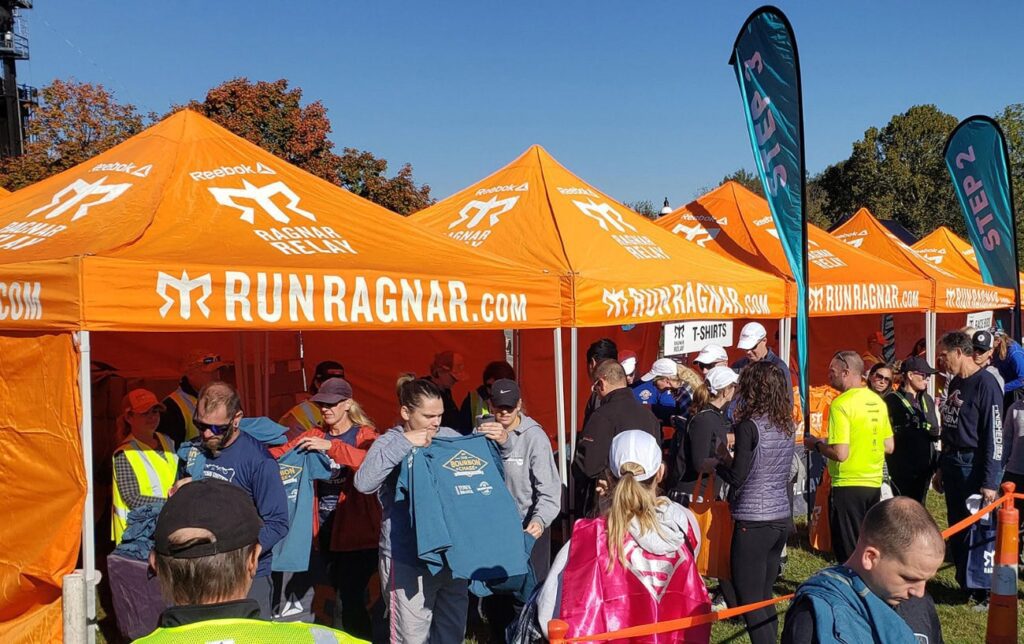In a tragic incident that has left the running community in shock, a 55-year-old runner from Surrey, British Columbia, lost his life during the Ragnar Road Northwest Passage relay—a challenging 193.5-mile race spanning the beautiful landscapes of the Pacific Northwest. The runner, identified as Hui Li, was struck and killed by a pickup truck while participating in the overnight segment of the race on Whidbey Island, Washington, at approximately 3:30 a.m. on Saturday.
The Incident
According to the Washington State Patrol, Hui Li was running southbound on State Route 20 near Oak Harbor when he was hit from behind by a Dodge Ram 1500 driven by Rosita Naves of Everett. Following the collision, Li was airlifted to a local hospital but unfortunately succumbed to his injuries.
Authorities revealed that the crash has been labeled a “pedestrian violation,” though specific details surrounding this classification have not yet been disclosed. Importantly, drugs, alcohol, and speeding have been ruled out as contributing factors to the accident.
Challenges of the Ragnar Relay
The Ragnar Road Northwest Passage is known for its picturesque routes, beginning in Blaine, Washington, and culminating in Langley on Whidbey Island. Teams of six to twelve runners take turns tackling segments that range from approximately 3 to 9 miles, with some participants covering upwards of 20 miles. The overnight hours present a unique set of challenges, as runners are required to wear reflective gear and headlamps between 8 p.m. and 6 a.m.
While Ragnar’s guidelines emphasize the necessity of utilizing sidewalks or trails when available and running against traffic on roadways, this specific leg of the race directed runners with traffic instead. This deviation from standard safety protocols has raised questions among participants. One runner shared her concerns on social media after completing the same stretch just 90 minutes before Li, stating that the decision to have runners going with traffic “didn’t make sense.”
Hazardous Conditions
A look at the route on Google Maps reveals a narrow shoulder along this section of SR-20 with no sidewalks. Such conditions, exacerbated by pre-dawn darkness, can create a hazardous environment for runners. The mix of these factors underscores the need for robust safety considerations during organized running events.
Community Reaction
In light of this tragic loss, Ragnar Events issued a public statement expressing their heartbreak over the incident. They extend their condolences to Hui Li’s family, friends, and teammates, acknowledging the profound impact of this tragedy within both their organization and the broader running community.
This incident marks the first reported fatality in the history of the Northwest Passage race, sending shockwaves through both Canadian and American running communities. While many runners have come forward to express their condolences, others are critically evaluating whether the event’s planning and overnight safety protocols adequately address the risks associated with open-road conditions.
The Need for Change
Research indicates that most fatal pedestrian incidents during organized running events occur in low-light rural settings, particularly when course markings lack clarity or essential infrastructure—such as sidewalks—are missing. The conditions during this race raise the question of whether future Ragnar events will see meaningful changes in how they address runner safety, particularly during night segments.
As the investigation unfolds, participants and organizers alike continue to mourn the loss of a fellow athlete who was pursuing a passion shared by many: running with a team under the stars, pushing towards the finish line.
With a forward focus, many in the community will be looking for significant adjustments to policies and procedures to ensure runner safety. Whether this tragedy leads to a reevaluation of course design, safety measures, or overnight event planning remains to be seen. However, one thing is clear: events like the Ragnar Road Northwest Passage must continue to evolve to prevent future tragedies.
